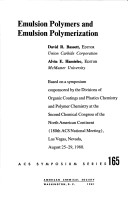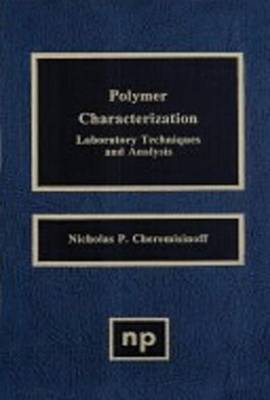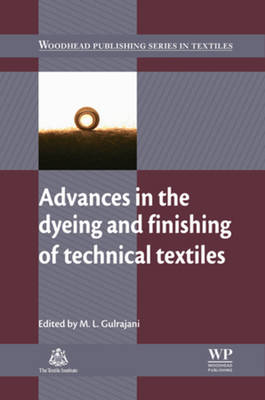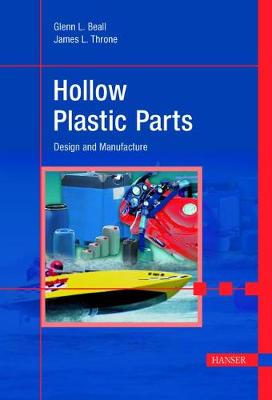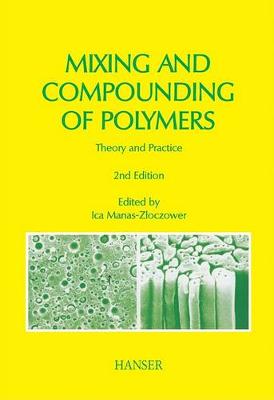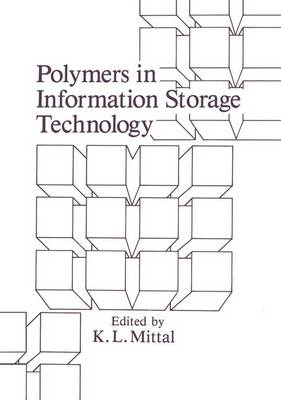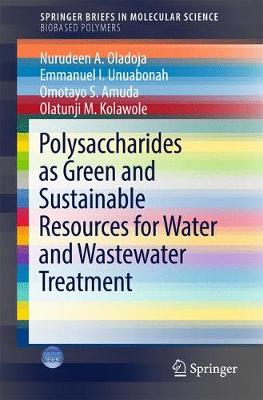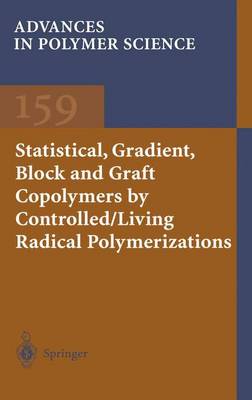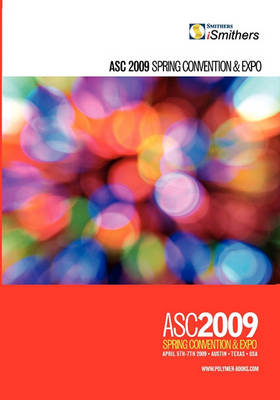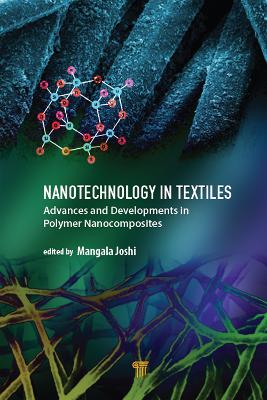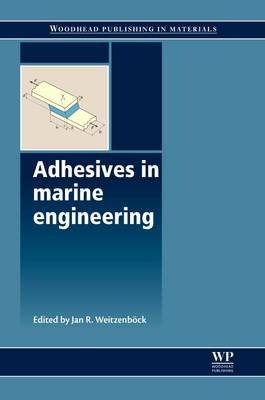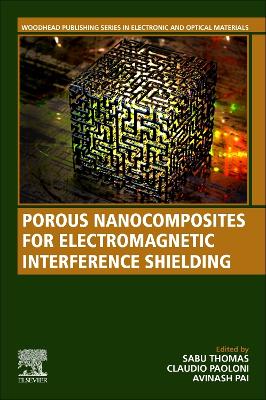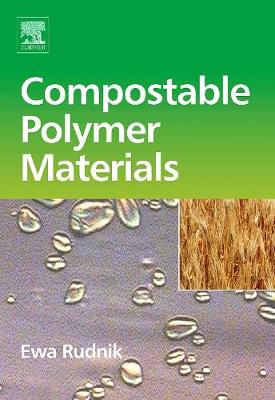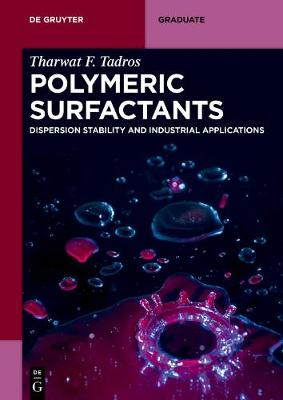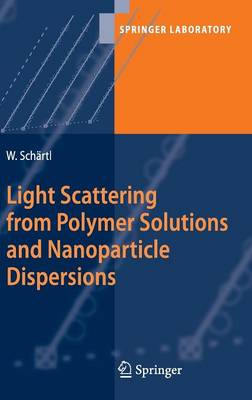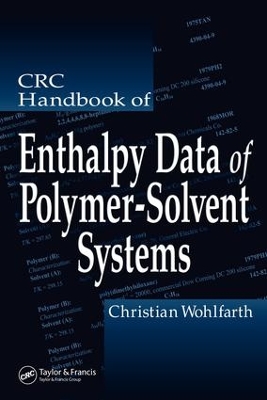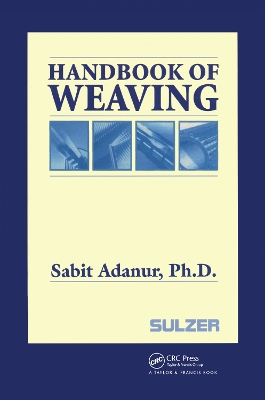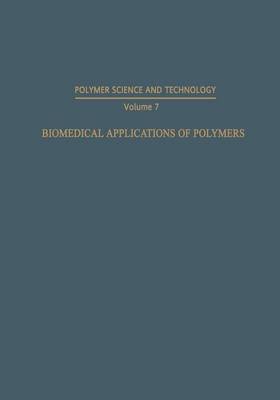Emulsion Polymers and Emulsion Polymerization (ACS Symposium, No 165)
Science of Ceramics
Cream Quantitative Structure -- Activity or Property Relationships (QSAR/QSPR) to explain the observed activities or properties of compounds then predict them for new compounds. SciQSAR makes this job easy with its use of 2D and 3D molecular descriptors and fast statistical routines. It's a timesaving software tool for researchers working in materials or life sciences.
Advances in the Dyeing and Finishing of Technical Textiles (Woodhead Publishing Series in Textiles, #138)
by M. L. Gulrajani
The use of distinctive colourants and finishes has a significant impact on the aesthetic appeal and functionality of technical textiles. Advances in the textile chemical industry facilitate production of diverse desirable properties, and are therefore of great interest in the production of textile products with enhanced performance characteristics. Drawing on key research, Advances in the dyeing and finishing of technical textiles details important advances in this field and outlines their devel...
Hollow plastic parts range in size from small unit dose liquor bottles, doll heads and syringe bulbs to large gasoline tanks, pallets, and playground equipment. Designers and design engineers are often familiar with one way of making these parts but may not be aware of other methods that may offer greater design and performance flexibility. The book provides comprehensive design and manufacturing comparisons of three major methods - blow molding, rotational molding and twin-sheet thermoforming...
"A book about the theory and practice of the mixing and compounding of polymers"--Provided by publisher.
Polymers in Information Storage Technology
This volume documents the proceedings of the Symposium on Polymers in Information Storage Technology held as a part of the American Chemical Society meeting in Los Angeles, September 25-30, 1988. It should be recorded here that this symposium was cosponsored by the Division of Polymeric Materials: Science and Engineering, and the Division of Polymer Chemistry. Polymers are used for a variety of purposes in both optical and magnetic information storage technologies. For example, polymers find app...
This brief critically reviews the structure and applications of polysaccharide based materials as a green and sustainable resource in water and water treatment operations. The authors present a fascinating insight into the application of this renewable resource in water and wastewater treatment operations approached from multiple perspectives: mechanistic insight into the coagulation efficiency of polysaccharides based coagulants; progress and prospects of polysaccharide composites as adsorbent...
Molecular Thermodynamics of Complex Systems (Structure and Bonding, #131)
With the development of science and technology,more and more complex materials such as porous materials, ion liquid, liquid crystals, thin ?lms and colloids etc. are being developed in laboratories. However, it is dif?cult to prepare these advanced materials and use them on a large scale without some experience. Therefore, mo- cular thermodynamics, a method that laid emphasis on correlating and interpreting the thermodynamic properties of a variety of ?uids in the past, has been recently employe...
The design and the realisation of well defined polymer architectures has become an important goal in macromolecular science. The prerequisite for achieving this goal is the availability of controlled polymerisation reactions. Living anionic polymerisation was the first reaction fulfilling these requirements. Cationic polymerisation only came into play when it was realised that it was possible to create an equilibrium between active and dormant species with the fraction of the dormant species bei...
While there are many excellent textbooks and reference books covering the chemistry, physics, rheology, processing, and characterization of polymers, this textbook is the first treatment in one place of the modeling and simulation of polymerization reactions. This is the very model of a textbook; not only is it single-authored, but also it comes with chapter introductions, chapter summaries, worked examples, exercises, and many references to the literature. In addition, this book will serve as...
Nanotechnology in Textiles
In recent times, polymer nanocomposites have attracted a great deal of scientific interest due to their unique advantages over conventional plastic materials, such as superior strength, modulus, thermal stability, thermal and electrical conductivity, and gas barrier. They are finding real and fast-growing applications in wide-ranging fields such as automotive, aerospace, electronics, packaging, and sports. This book focuses on the development of polymer nanocomposites as an advanced material for...
As a method of joining with economic, performance-related and environmental advantages over traditional welding in some applications, adhesive bonding of joints in the marine environment is increasingly gaining popularity. Adhesives in marine engineering provides an invaluable overview of the design and use of adhesively-bonded joints in this challenging environment. After an introduction to the use of adhesives in marine and offshore engineering, part one focuses on adhesive solution design an...
Porous Nanocomposites for Electromagnetic Interference (EMI) Shielding thoroughly discusses the fabrication, processing, and design parameters of advanced materials for electromagnetic pollution suppression for high-frequency electronics. The aim of this book is to provide readers with an understanding of the important concepts and most relevant advances in the engineering of porous nanocomposites for enhanced microwave absorption and EMI shielding. Porous materials reviewed include foams and...
Compostable Polymer Materials deals with an environmentally important family of polymers designed to be disposed of in industrial and municipal compost facilities after their useful life. These compostable plastics undergo degradation and leave no visible, distinguishable or toxic residue. Environmental concerns and legislative measures taken in different regions of the world make composting an increasingly attractive route for the disposal of redundant polymers. This book provides up-to-date...
Polymeric Surfactants covers the structure and stability origins of these highly useful surfactants. Adsorption and solution properties in emulsions are discussed based on their underlying thermodynamics and kinetics. Research scientists and Ph.D. students investigating chemistry, chemical engineering and colloidal science will benefit from this text on polymeric surfactants and their value in preparation and stabilization of disperse systems.
Light Scattering from Polymer Solutions and Nanoparticle Dispersions (Springer Laboratory)
by Wolfgang Schartl
Light scattering is a very powerful method for characterizing the structure of polymers and nanoparticles in solution. As part of the Springer Laboratory series, this book provides a simple-to-read and illustrative textbook probing the seemingly very complicated topic of light scattering from polymers and nanoparticles in dilute solution, and goes further to cover some of the latest technical developments in experimental light scattering.
This first volume of the updated and extended 3rd edition of this work covers the basic chemistry and technology of oligo-polyol fabrication, the characteristics of the various oligo-polyol families and the effects of their structure on the properties of the resulting PU. This book is of interest to chemists and engineers in industry and academia as well as anyone working with polyols for the manufacture of PUs.
Arriving amid exciting developments in nanotechnology and recent successes in catalytic emulsion polymerization of olefins, Colloidal Polymers describes ultramodern approaches to synthesis, preparation, characterization, and functionalization of latexes, nanoparticles, and myriad additional colloidal polymer systems. This research-saturated resource communicates critical parameters for method selection, guidelines for controlling structural and colloid properties, and other tools to assist in th...
CRC Handbook of Enthalpy Data of Polymer-Solvent Systems
by Christian Wohlfarth
The CRC Handbook of Enthalpy Data of Polymer-Solvent Systems presents data that is as essential to the production, process design, and use of polymers as it is to understanding the physical behavior and intermolecular interactions in polymer solutions and in developing thermodynamic polymer models. Providing an all-encompassing collection
A mixture of science and art, weaving is nearly as old as human history. Despite the many technological advances in the field, however, it is still virtually impossible to control each individual fiber in a woven structure. To help you meet this and other weaving challenges, Handbook of Weaving covers every step of the process clearly and systemati
Biomedical Applications of Polymers (Polymer Science and Technology, #7)
